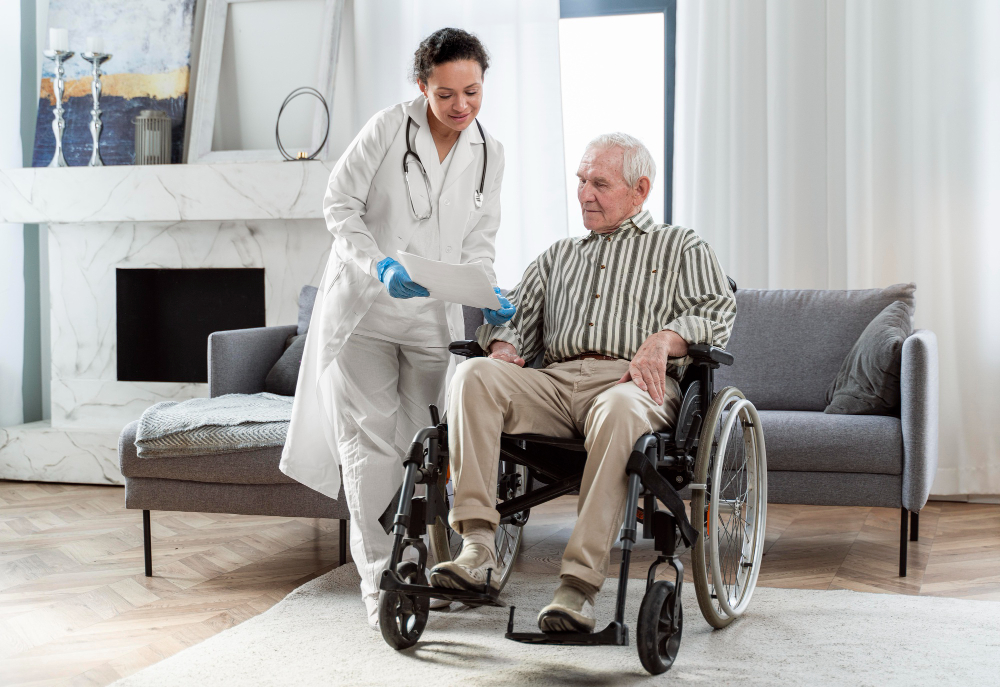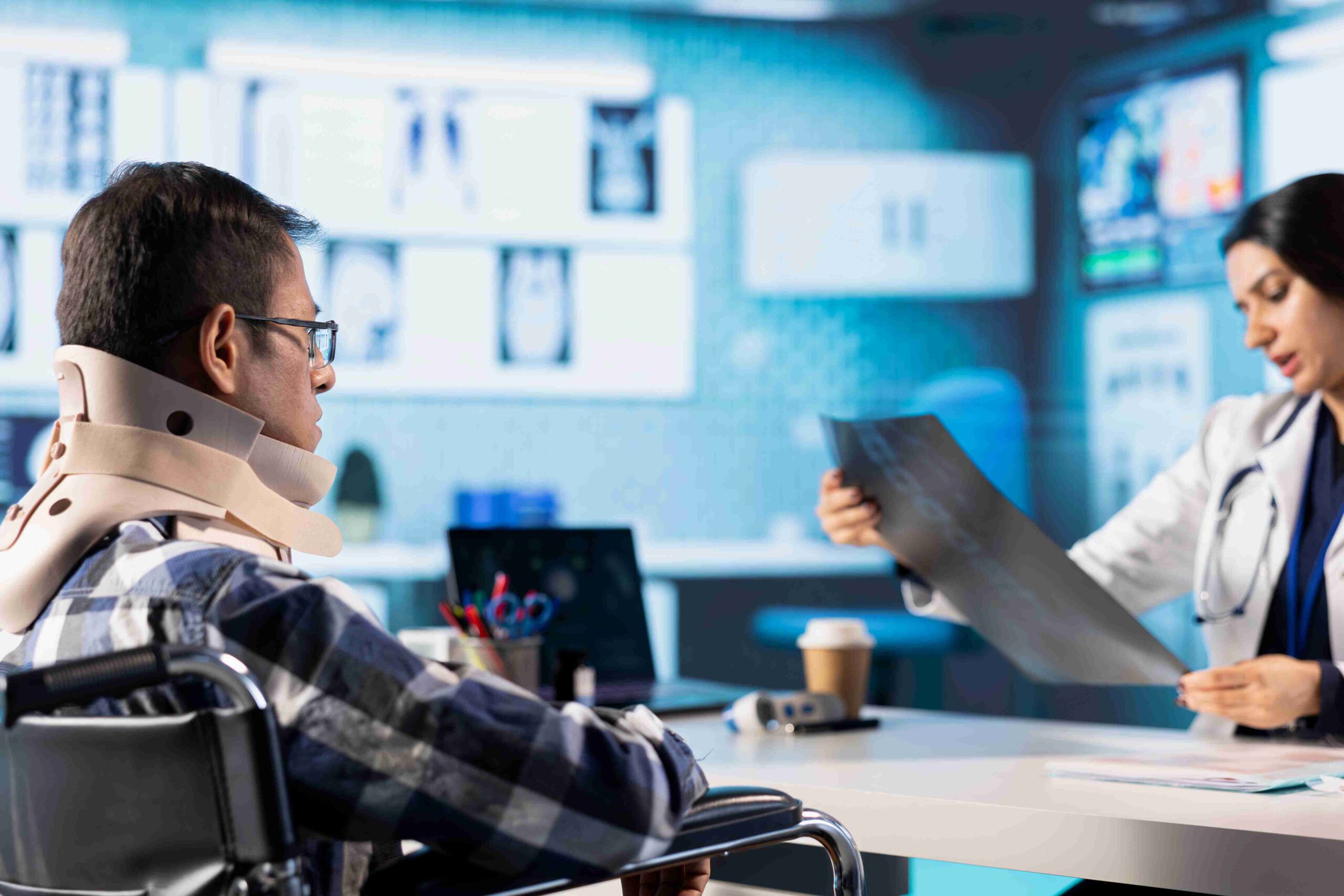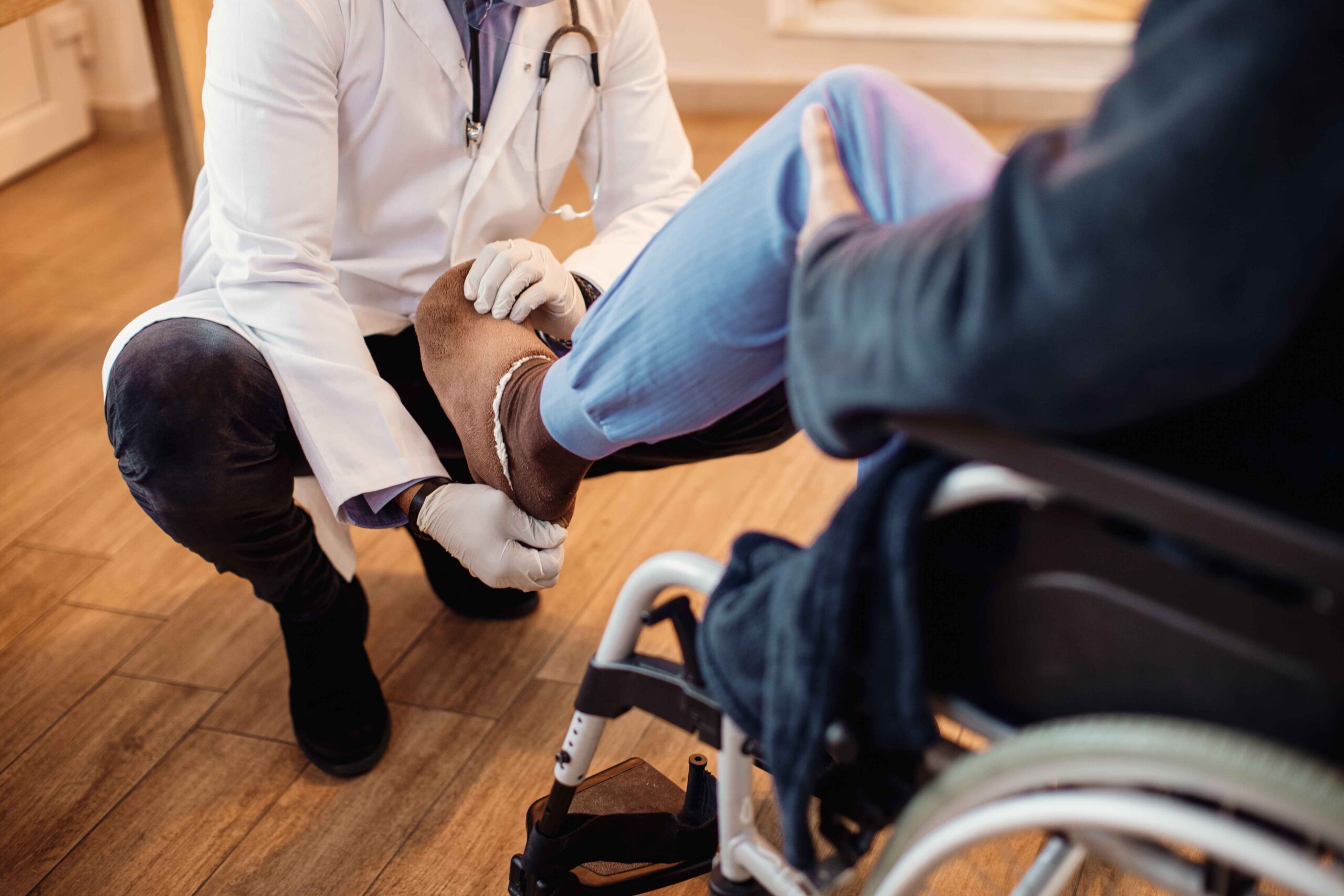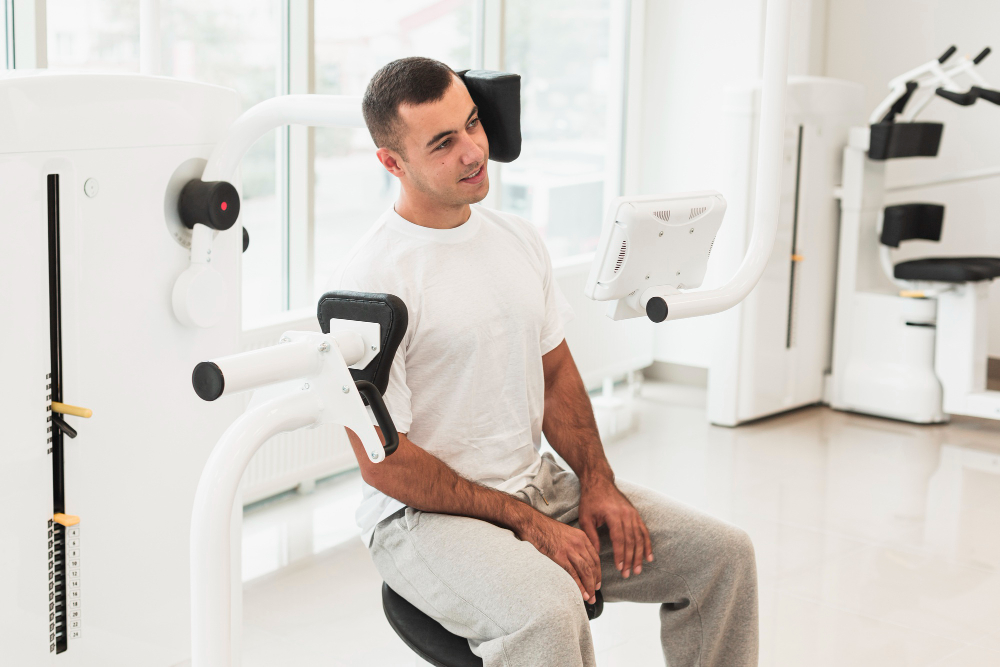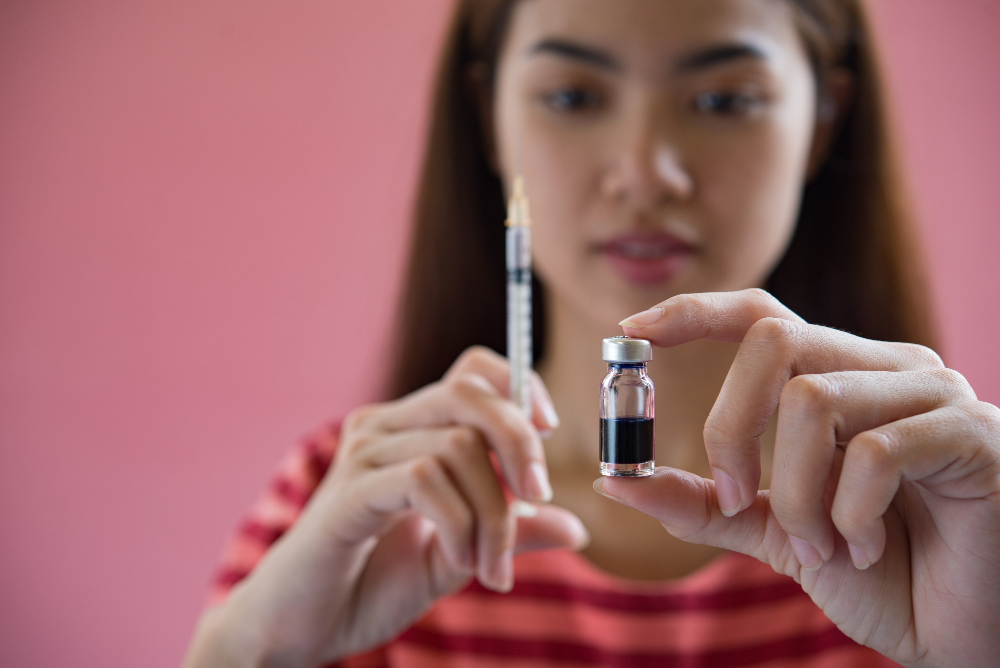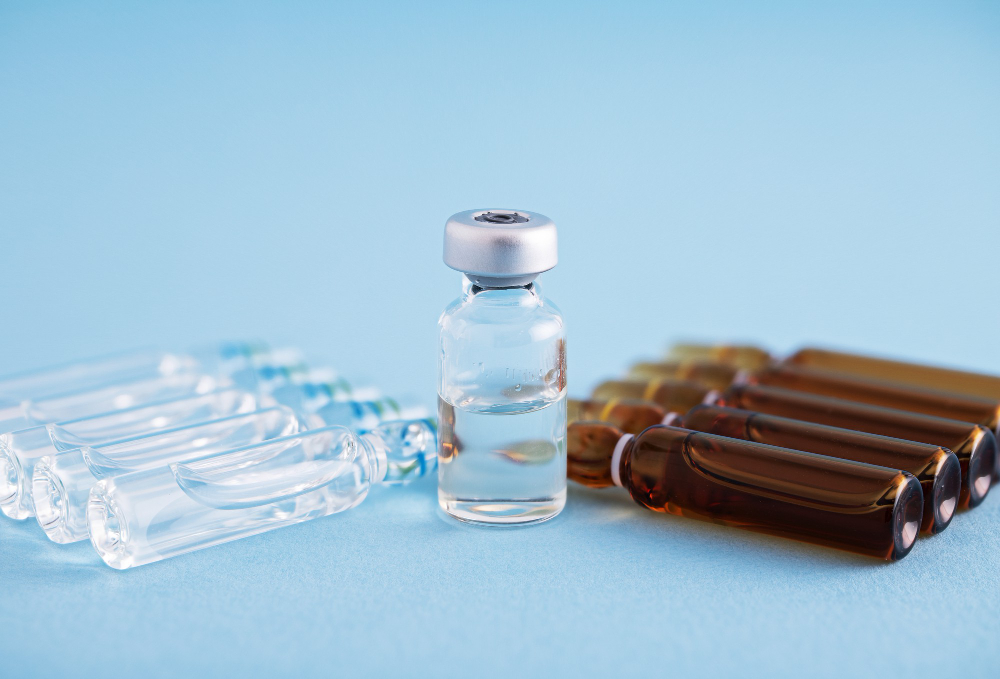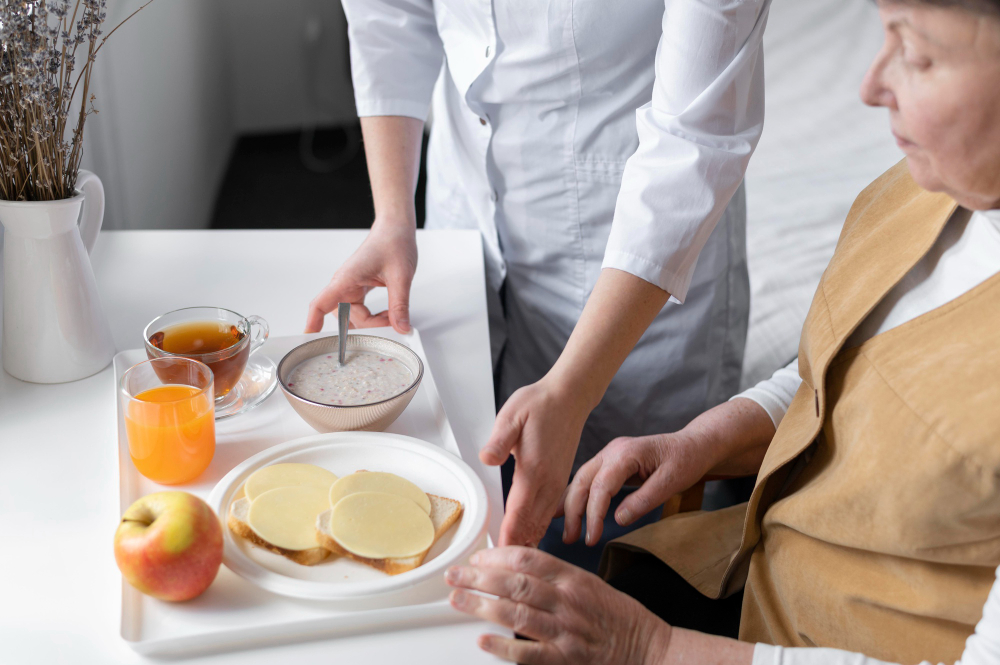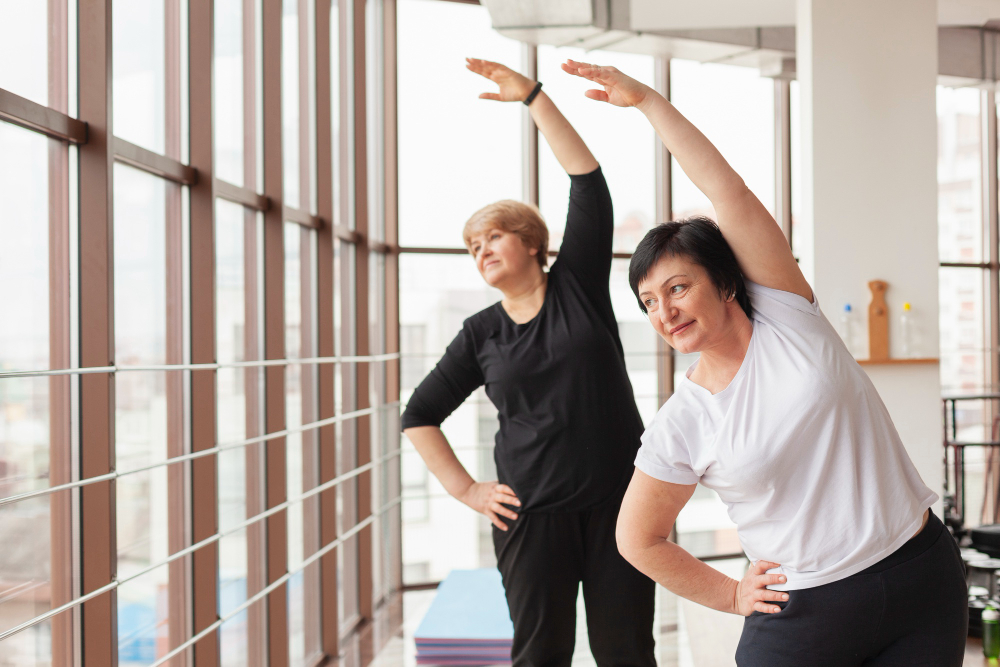
Last updated on by MRC
Knee pain can significantly impact daily life, making simple tasks like walking, climbing stairs, or even sitting uncomfortable. Whether caused by injury, arthritis, or overuse, finding the right knee pain treatment is essential for long-term relief. Many individuals assume that surgery is the only solution, but several non-surgical methods can effectively reduce pain, improve mobility, and restore function.
Knee rehabilitation is not a one-size-fits-all process. The right knee pain treatment depends on the specific condition, severity, and lifestyle of the individual. This guide explores proven knee pain treatment without surgery, including medications, physical therapy, targeted interventions, and lifestyle modifications. By following these approaches, individuals can regain mobility and reduce discomfort without undergoing invasive procedures.
Each of these conditions requires a tailored knee pain treatment approach to manage symptoms and improve mobility.
Check This Out: Understanding Arthritis: The Role of Physiotherapy in Treating Arthritis
Medications and joint supplements can play a crucial role in knee pain relief, especially for individuals dealing with osteoarthritis, inflammation, or injury-related discomfort. Some effective options include:
While medications provide relief, they should be used under medical supervision to avoid long-term side effects.
Physiotherapy treatment for knee pain is a cornerstone of non-surgical rehabilitation. Physiotherapists use various techniques to reduce pain, improve mobility, and strengthen muscles supporting the knee joint. Some effective modalities include:
Regular sessions of physiotherapy treatment for knee pain can lead to lasting improvements, preventing the need for surgical intervention.
Customized exercise programs focus on building strength, flexibility, and joint stability. Some beneficial exercises include:
These exercises should be performed under the guidance of a physiotherapist to prevent strain or further injury.
Many people unknowingly worsen their knee pain by engaging in activities that put excessive stress on their joints. Activity modification training helps individuals learn how to move efficiently while minimizing strain. This includes:
By making small adjustments to daily movements, individuals can significantly reduce knee pain and prevent further damage.
Athletes often experience knee pain due to repetitive stress or sports-related injuries. Sports-specific training focuses on:
For athletes, knee pain treatment without surgery involves a combination of rehabilitation exercises and biomechanical corrections to prevent future injuries.
When conservative methods are not enough, medical interventions can provide targeted knee pain relief without resorting to surgery. Some options include:
These interventions are particularly beneficial for individuals with chronic knee pain who are not yet ready for surgery.
A key component of successful knee rehabilitation is early intervention. The sooner a treatment plan is implemented, the better the chances of delaying or avoiding surgery.
For those seeking expert knee pain treatment without surgery, MRC (Medical Rehabilitation Centre) in Kolkata offers specialized pain management solutions. As the best pain management hospital in Kolkata, MRC provides:
Operating 365 days a year, MRC, being the best pain clinic in Kolkata ensures a comfortable and well-equipped environment for pain and rehabilitation treatments.
Know More: From Diagnosis to Recovery: How Rehabilitation Centers Manage Pain Effectively
Non-surgical knee rehabilitation provides effective solutions for managing pain and improving mobility. Through medications, physiotherapy treatment for knee pain, therapeutic exercises, and intervention-based approaches, individuals can regain function without undergoing surgery.
Seeking professional guidance from specialists at rehabilitation centers like MRC can enhance recovery and long-term joint health. By prioritizing early treatment and holistic care, individuals can enjoy pain-free movement and a better quality of life.
New non-surgical treatments for knee pain include genicular nerve blocks, PRP (Platelet-Rich Plasma) therapy, viscosupplementation (hyaluronic acid injections), shockwave therapy, and advanced physiotherapy techniques like ultrasound and electrical stimulation for targeted pain relief and improved mobility.
A permanent solution for knee pain depends on the cause. Non-surgical options include physiotherapy, weight management, lifestyle modifications, and regenerative treatments. In severe cases, joint replacement surgery may be the only long-term solution.
To naturally increase knee lubrication, stay hydrated, consume omega-3-rich foods (like fish and flaxseeds), take joint-supporting supplements (such as glucosamine and chondroitin), maintain an active lifestyle with low-impact exercises, and include anti-inflammatory foods like turmeric and leafy greens in your diet.
